 To make it easier to track trials, collect data, and avoid the predictable confusion of having 20 identical test containers, I've implemented a tracking tag system with barcode identifiers. These barcodes are scannable by my data entry tool (described above) which can then quickly pre-load the entry screen with the pertinent unit id and be ready for my readings.
To make it easier to track trials, collect data, and avoid the predictable confusion of having 20 identical test containers, I've implemented a tracking tag system with barcode identifiers. These barcodes are scannable by my data entry tool (described above) which can then quickly pre-load the entry screen with the pertinent unit id and be ready for my readings.
For completeness, each tank will have an ID and each plant within that tank will also have an ID. When individual specimens are seeding/planted, their IDs will be linked to the tank ID in which they're placed, so that measurements of the tank (temp, pH, etc) can be easily matched to the success metrics of the plant.
For the record (in case anybody else is using Linux and wants to know about my toolchain) my tracking codes are simply the datestamp (to the second and without punctuation) of when the sample tag was printed. For example, the tag shown in the picture here is 20230318170214. This is printed over USB to a Dymo LabelManager 280, using the opensource dymoprint python script available here, and rendered in the code128 barcode format.
(For completeness, the command to produce the barcodes is: dymoprint -c code128 "$(date +%Y%m%d%H%M%S)")
 So I thought I was almost finished with the base software for the snitchboxes, but the universe heard me say that and chuckled to itself, knowing full well about the surprise it had laying in wait for me on the very next page.
So I thought I was almost finished with the base software for the snitchboxes, but the universe heard me say that and chuckled to itself, knowing full well about the surprise it had laying in wait for me on the very next page.
 For the last few days, I've been working on the software that will manage the snitchboxes, but not all snitches will be the same, so I'm taking some time to build a flexible foundation. And one of my biggest concerns while doing that? How to tweak and adjust them once they've been deployed, without having to drag them all back to my workbench to do it.
For the last few days, I've been working on the software that will manage the snitchboxes, but not all snitches will be the same, so I'm taking some time to build a flexible foundation. And one of my biggest concerns while doing that? How to tweak and adjust them once they've been deployed, without having to drag them all back to my workbench to do it.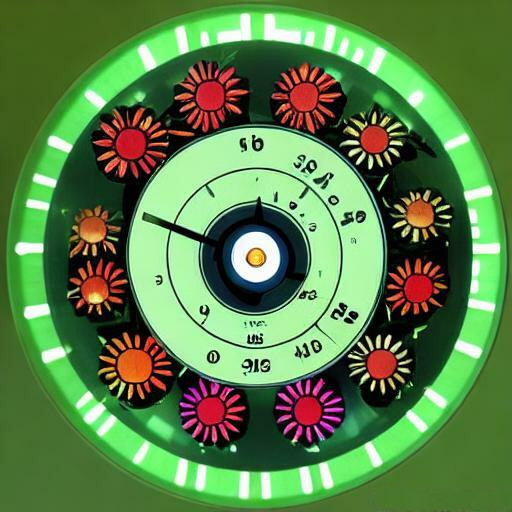 When spec'ing out the tank and lab monitoring equipment I would need, I completely overlooked a fairly important metric: power consumption for the lights. Yes, I've estimated the power requirements, based on the manufacturer's performance claims, but I haven't actually measured them. So what's the best way to do that?
When spec'ing out the tank and lab monitoring equipment I would need, I completely overlooked a fairly important metric: power consumption for the lights. Yes, I've estimated the power requirements, based on the manufacturer's performance claims, but I haven't actually measured them. So what's the best way to do that?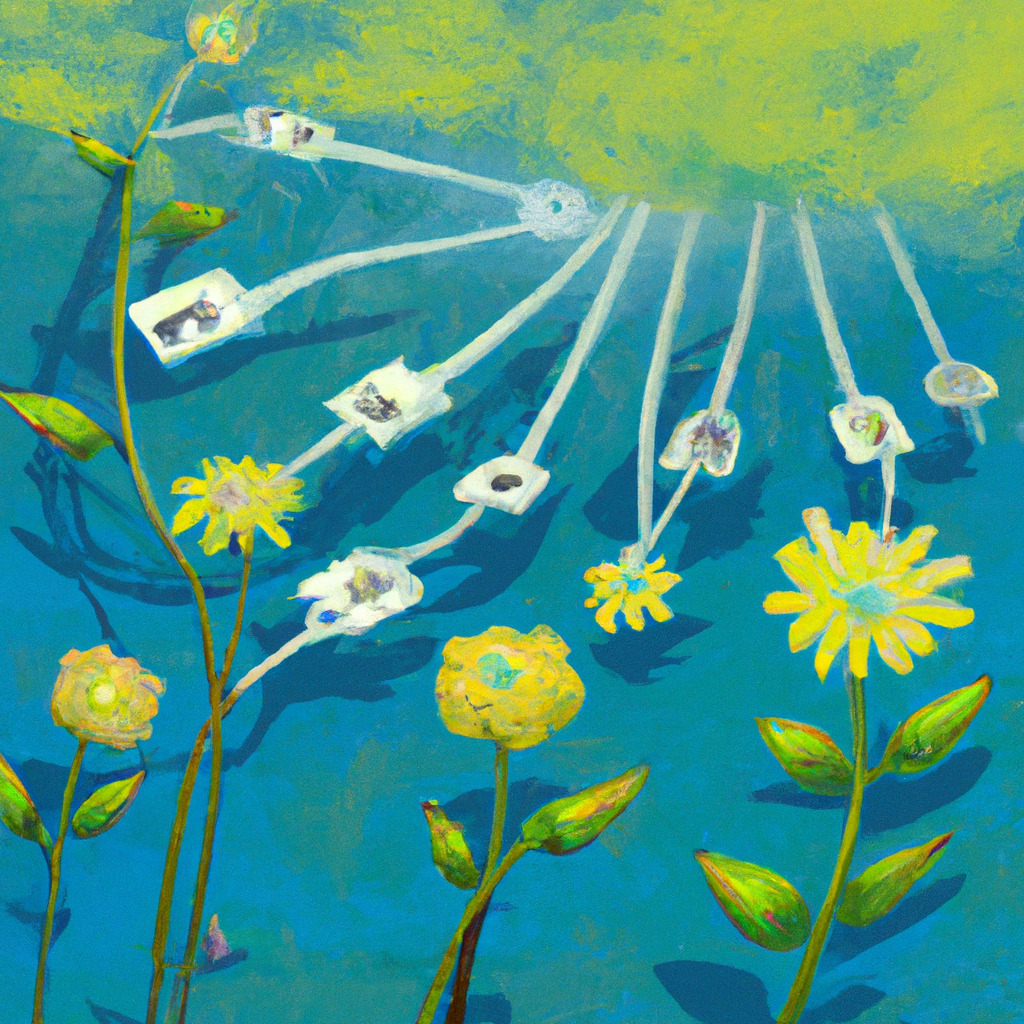 The Kratky Tank target includes a mandate to set up data monitoring for the tank, but in hindsight, this can't be done in the isolated context of a single grow frame. I intend to try a variety of hydroponic, aeroponic, aquaponic (and even soil-ponic :-) systems, and each will have different attributes that need to be monitored, but they all need to fit into a cohesive data gathering system. So I'm going to split out a few related sub-targets to handle the development of tools to monitor these distinct elements.
The Kratky Tank target includes a mandate to set up data monitoring for the tank, but in hindsight, this can't be done in the isolated context of a single grow frame. I intend to try a variety of hydroponic, aeroponic, aquaponic (and even soil-ponic :-) systems, and each will have different attributes that need to be monitored, but they all need to fit into a cohesive data gathering system. So I'm going to split out a few related sub-targets to handle the development of tools to monitor these distinct elements.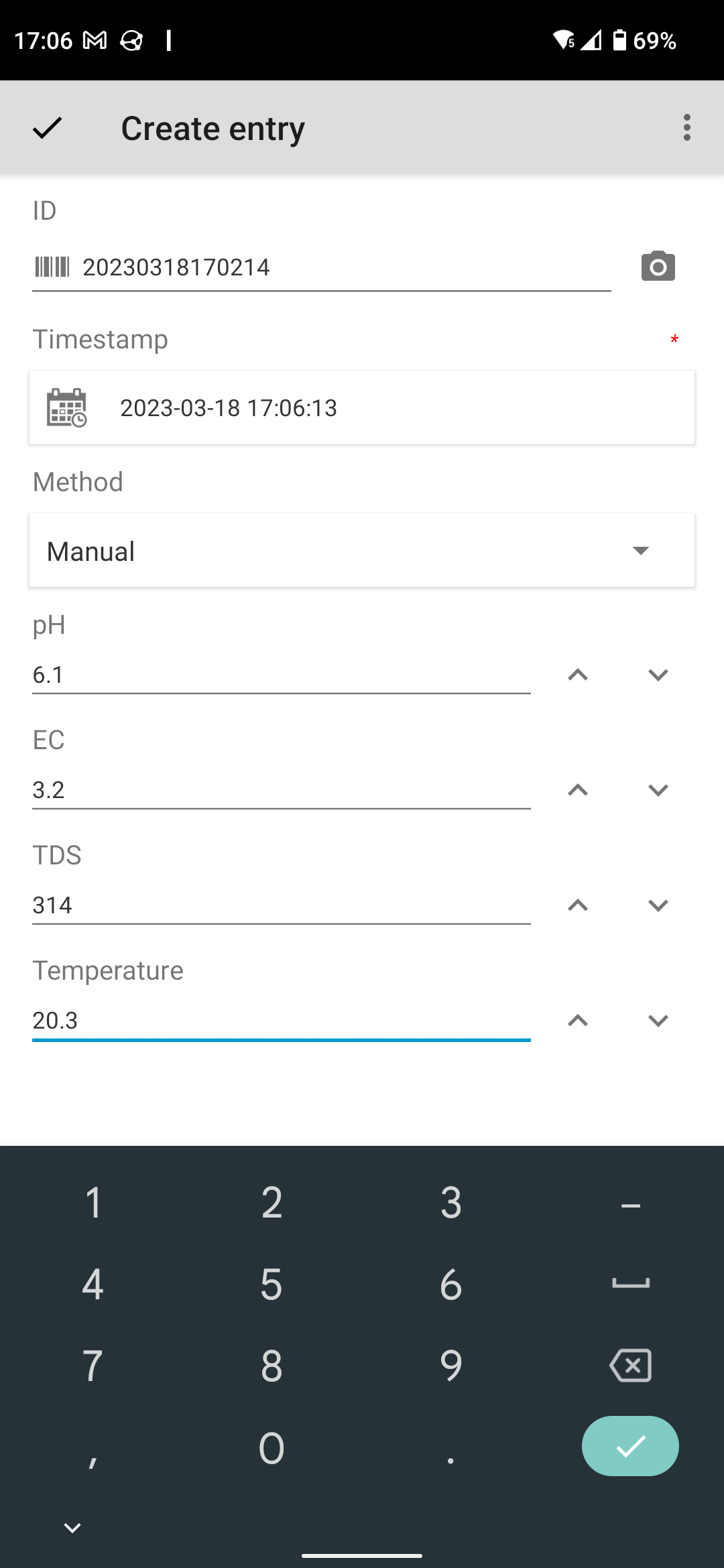 Since I'll be capturing manual data as well as automated sensors, I need a way to quickly capture manual inputs too.
Since I'll be capturing manual data as well as automated sensors, I need a way to quickly capture manual inputs too. 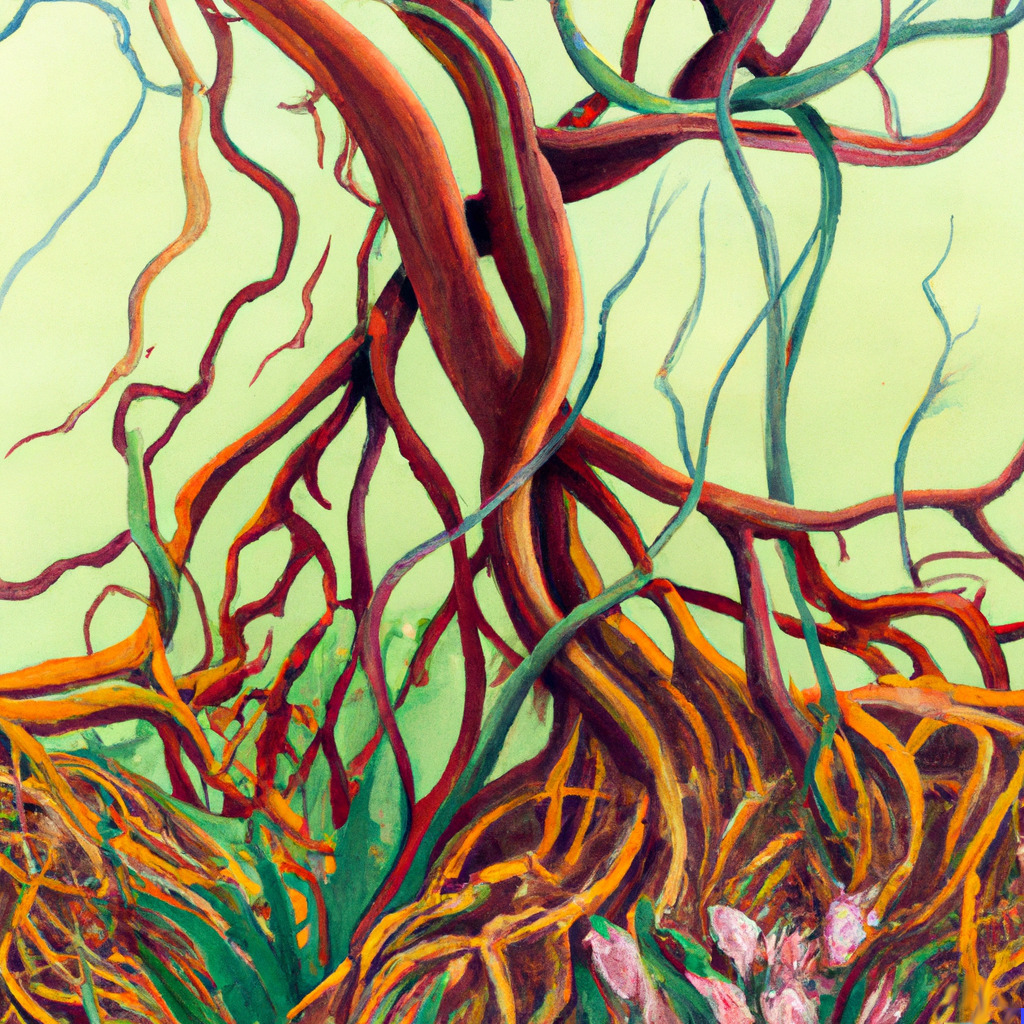 My initial intent was to create open-volume containers of appx 4 sqft, but I've since realized that these are potentially problematic for some experiments, such as root crops, because they allow root networks to intermingle, so I need to be able to isolate the individual growing volumes.
My initial intent was to create open-volume containers of appx 4 sqft, but I've since realized that these are potentially problematic for some experiments, such as root crops, because they allow root networks to intermingle, so I need to be able to isolate the individual growing volumes. Everything I've seen about Kratky so far treats the water requirement as a simple function of the tub size — whatever tub you're using, fill it deep enough to wet the bottom of the growing medium. This is of course practical, but completely avoids the question of predicting how big a tub to choose in the first place. To do that, we need to know how much water a given crop will need over its lifecycle.
Everything I've seen about Kratky so far treats the water requirement as a simple function of the tub size — whatever tub you're using, fill it deep enough to wet the bottom of the growing medium. This is of course practical, but completely avoids the question of predicting how big a tub to choose in the first place. To do that, we need to know how much water a given crop will need over its lifecycle.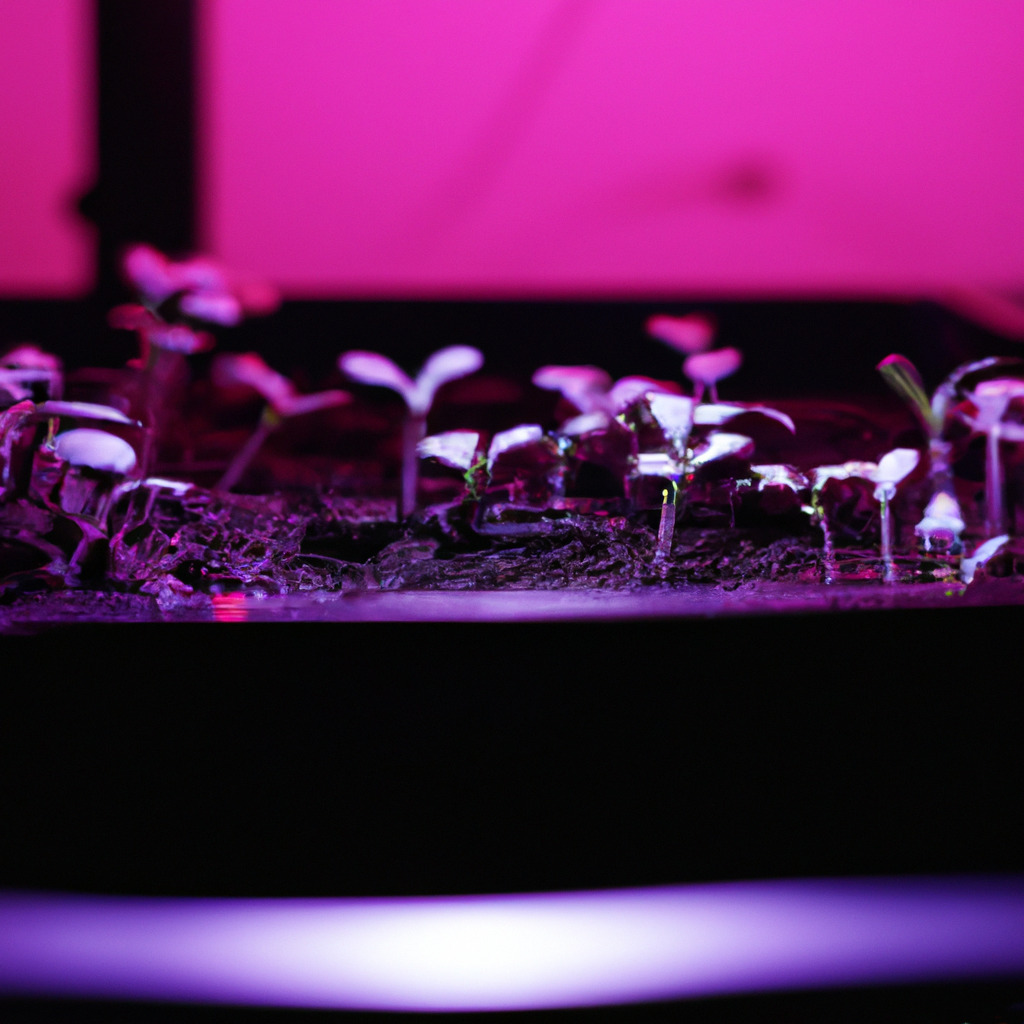 For lights, I picked up a
For lights, I picked up a  The original plan for Kratky tanks was to build all my monitors from sensor chips so I'd be able to replicate a consistent instrument network throughout my lab inexpensively, but now I'm worried this will leave me trusting home-built equipment with no way to verify them.
The original plan for Kratky tanks was to build all my monitors from sensor chips so I'd be able to replicate a consistent instrument network throughout my lab inexpensively, but now I'm worried this will leave me trusting home-built equipment with no way to verify them. I've found 3 apps so far that look like they'd be helpful for calculating hydroponic nutrient mixtures.
-
I've found 3 apps so far that look like they'd be helpful for calculating hydroponic nutrient mixtures.
-  If I'm going to do this right, I have a lot to learn about biology, laboratory methods, agricultural science, etc. I could take the “crazy recluse trying to cure cancer in his basement with dryer lint” route, but I happen to live a few blocks from a university with a specialty in agricultural research and it would be a shame to waste such a great resource.
If I'm going to do this right, I have a lot to learn about biology, laboratory methods, agricultural science, etc. I could take the “crazy recluse trying to cure cancer in his basement with dryer lint” route, but I happen to live a few blocks from a university with a specialty in agricultural research and it would be a shame to waste such a great resource.  Found a good explanation of
Found a good explanation of 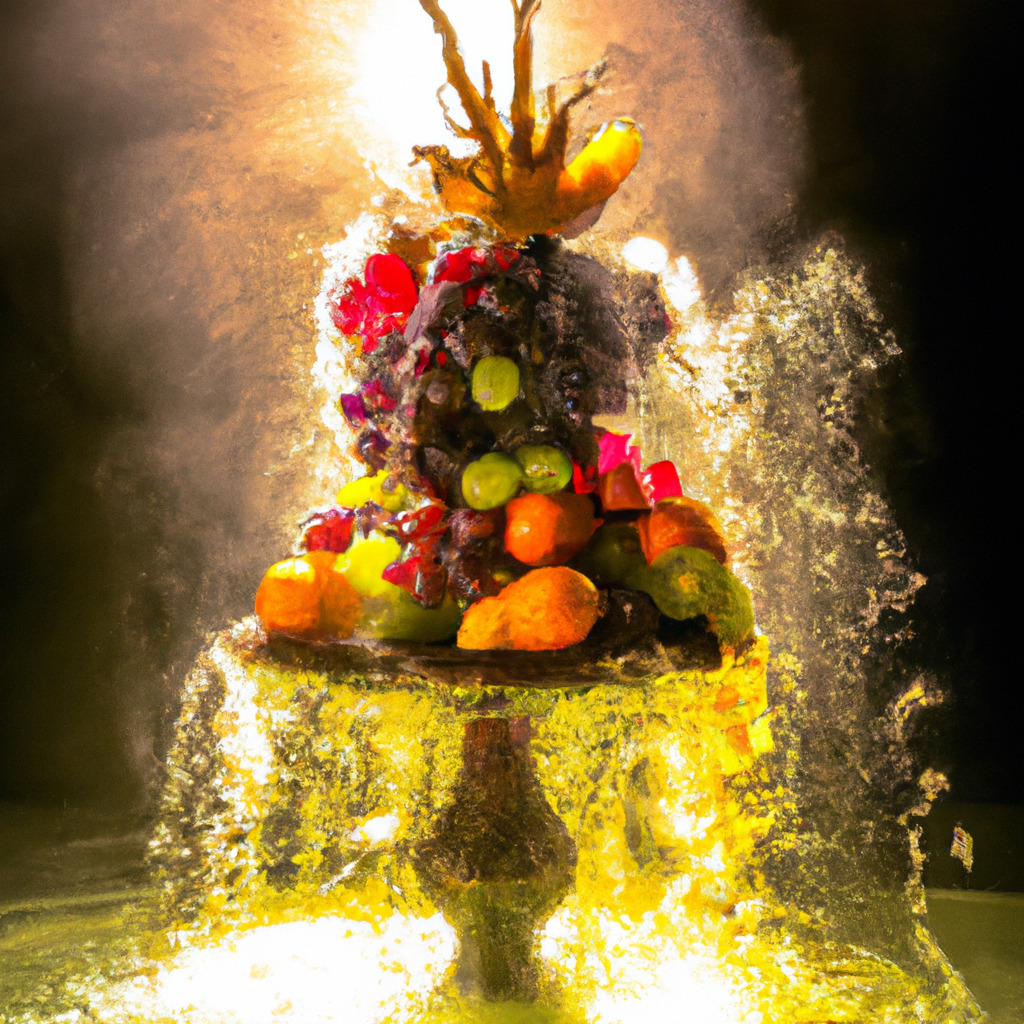 Eventually, designing a cheap, efficient, and robust lighting system for the fountain is going to be a project of its own, but in the meantime I still need some kind of lighting in the lab to provide consistent, controllable conditions for my experiments. But aside from the light that came attached to my Aerogarden, I have zero experience with grow lights.
Eventually, designing a cheap, efficient, and robust lighting system for the fountain is going to be a project of its own, but in the meantime I still need some kind of lighting in the lab to provide consistent, controllable conditions for my experiments. But aside from the light that came attached to my Aerogarden, I have zero experience with grow lights. To make it easier to track trials, collect data, and avoid the predictable confusion of having 20 identical test containers, I've implemented a tracking tag system with barcode identifiers. These barcodes are scannable by my data entry tool (described above) which can then quickly pre-load the entry screen with the pertinent unit id and be ready for my readings.
To make it easier to track trials, collect data, and avoid the predictable confusion of having 20 identical test containers, I've implemented a tracking tag system with barcode identifiers. These barcodes are scannable by my data entry tool (described above) which can then quickly pre-load the entry screen with the pertinent unit id and be ready for my readings.  In an
In an 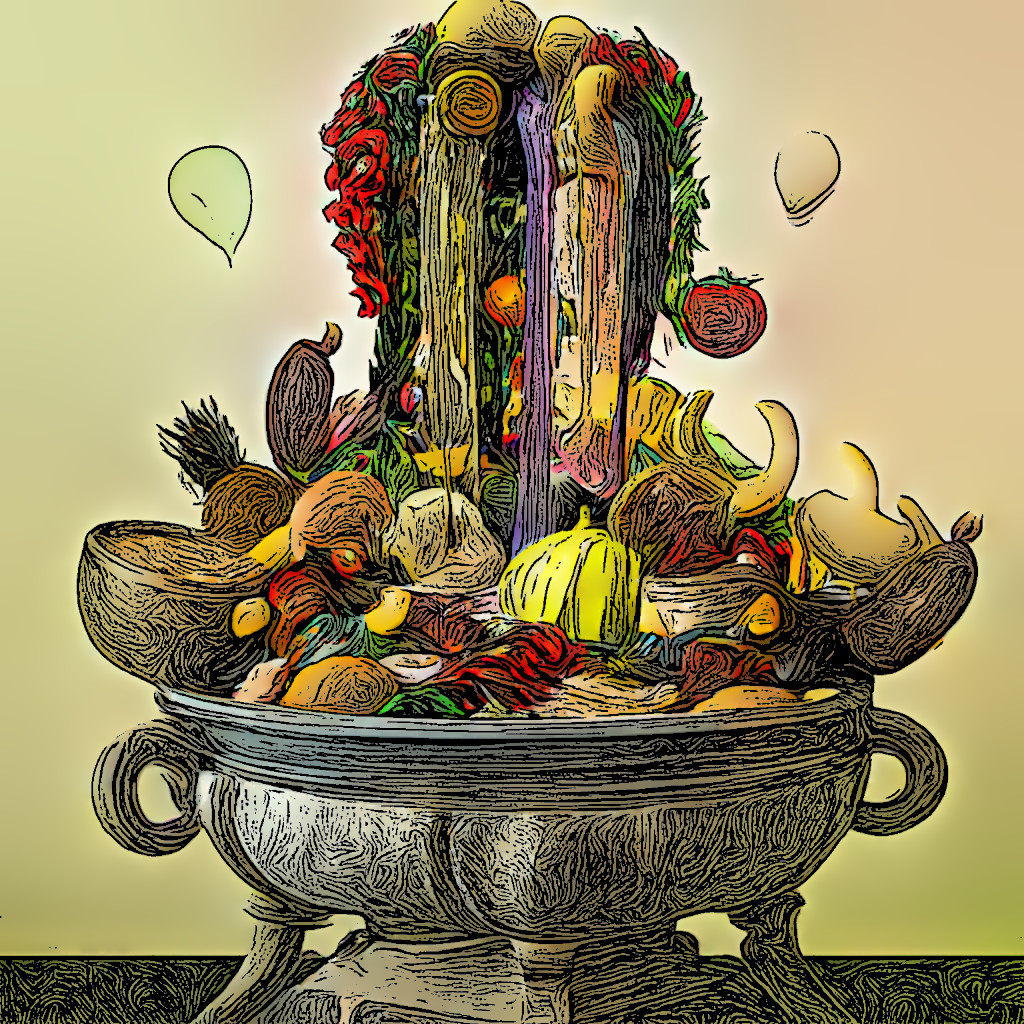 When you think of a fountain, how big a thing do you picture? Are you imagining one of those little fiberglass deals in the corner of your yard that cycles the same 3 gallons of water round and round all afternoon? Or do you picture something bigger, like maybe the Trevi Fountain in Rome?
When you think of a fountain, how big a thing do you picture? Are you imagining one of those little fiberglass deals in the corner of your yard that cycles the same 3 gallons of water round and round all afternoon? Or do you picture something bigger, like maybe the Trevi Fountain in Rome?